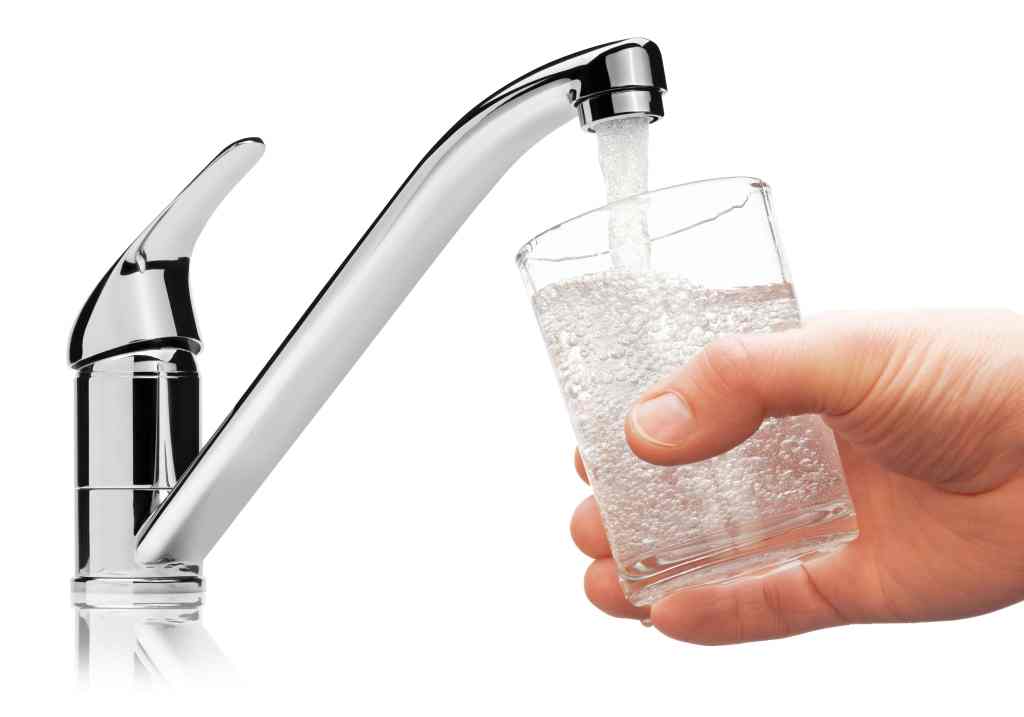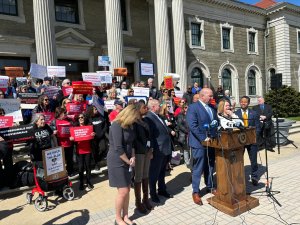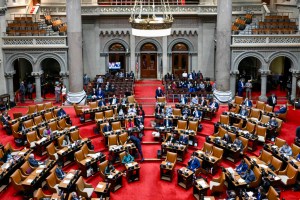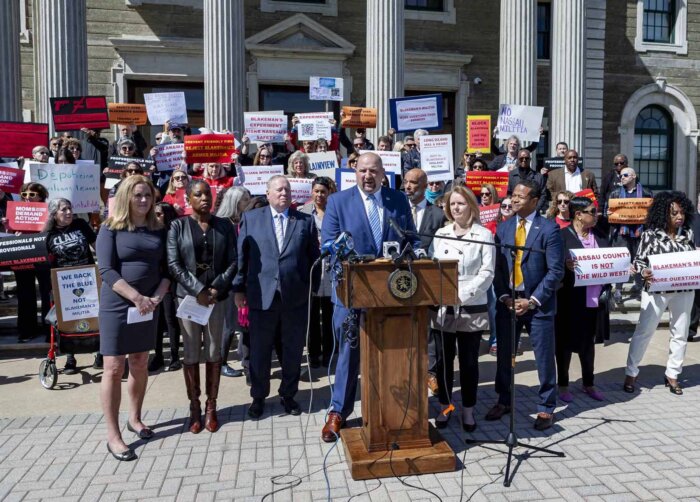Public concern over reports of water contamination has prompted some to use water filtration systems.
The concern comes amid a steady drumbeat of headlines about tests revealing chemicals in local public drinking water wells from the Hamptons to the Gold Coast. Most notably, officials are grappling with how to respond to the discovery that 70 percent of LI drinking water wells contain 1,4-dioxane, a chemical byproduct found in many consumer products that the U.S. Environmental Protection Agency considers likely to be carcinogenic to humans. But there are no scientific studies proving that Long Island drinking water causes breast cancer or other types of cancers.
“This problematic contaminate is found in over 46 percent of all personal care products, with high levels in laundry detergents,” says Adrienne Esposito, executive director of Citizens Campaign for The Environment, a Farmingdale-based nonprofit that issued the 1,4 dioxane report last year.
LI’s drinking water wells tap into subterranean aquifers formed from glaciers that melted eons ago. But myriad issues are bubbling up in the region’s water supply as tests have found the presence of chemicals that were either dumped or leached into the ground.
In some cases, such as the nearly 2-mile-wide, 4-mile-long underground plume of toxic chemicals that originated in Bethpage and is slowly spreading south, the culprit is defense contractors that dumped toxins decades ago. In others, the issue is systemic, like in Suffolk County, where 75 percent of homes are not connected to sewers and instead use antiquated septic tanks that leach into the goundwater, threatening the drinking water supply.
In the case of 1,4-dioxane, neither New York State nor federal authorities have set a standard for acceptable levels to be in drinking water. The state appointed a Drinking Water Quality Council to study that and related issues statewide, but officials this month blew their deadline to issue recommendations a year after the council’s first meeting.
“New York needs to be a leader on drinking water protection for numerous emerging contaminants, and provide strong safeguards to public health,” said Kathleen Curtis, executive director of Clean and Healthy New York. “This is particularly crucial now, given EPA’s failure to enact such protections and the current federal administration’s broad attacks on environmental protections.”
And with more questions than answers on the source and threat of chemicals found, that leaves residents to fend for themselves by searching out water filtration systems.



























